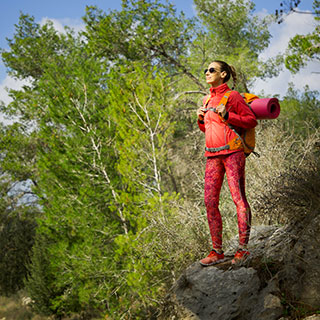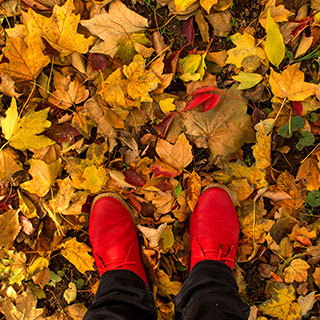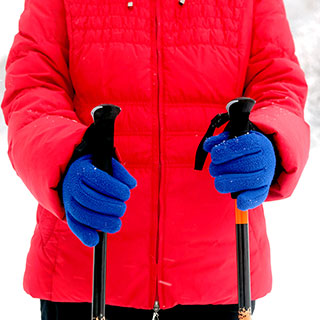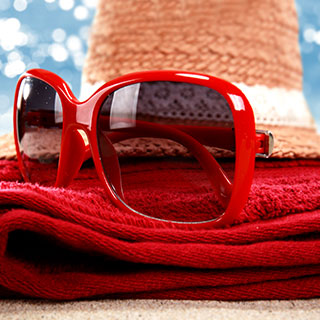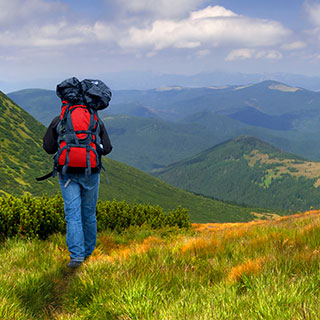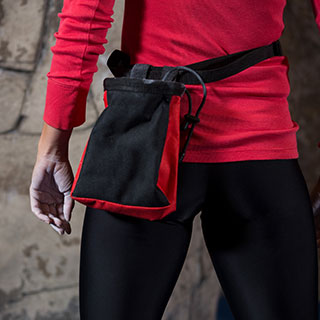As someone who has spent a week on vacation in the stunning Torres del Paine national park in winter, I know full well how necessary it is to have the perfect hiking outfit. Torres del Paine sits in Chile’s Patagonia region with soaring mountains, containing hiking terrain from green grass to ice, glaciers and snow. Being uncomfortable in what you’re wearing simply isn’t an option. When hiking your outfit must be perfect. Let me guide you through choosing the right hiking outfit for you.
AT A GLANCE
1. Thinking about Your Hiking Conditions

So not everyone will be taking a vacation in the southernmost tip of South America, some of you may be walking the South Down Way in England and others may be taking on a section of the Great Wall of China, where you can hike is extremely varied. Because of this, the conditions you may be hiking in will be very different, as well as the length and terrain of your hike. So what do you need to know about your hike before you pick your outfit?
i. Hiking destination
You can hike all over the world. There are thousands, I’d dare to even say millions of hike routes you could choose from. Your destination couldn’t be more varied. Your destination will determine the type of trek you are taking on. Whether you are backpacking the Alps, taking a dirty, rock-strewn track, or taking a shorter day trek on a well kept and signed trail, you are going to need different clothes. If you’re taking on the Grand Canyon, bushwalking in Australia, Nordic walking or fell walking in Scotland, you’d need different outfits to simply travel to these different places, without even beginning to plan the different hiking clothes you’ll need.
ii. Hiking weather
So you can hike all over the world. This not only means the terrain will be different in different places, it means the weather can be completely contrasting. One outfit will not suffice for all destinations and weathers. Particularly if you’re taking on a more complex off-trail hike using a compass or GPS navigation system, you’ll need to have anticipated and planned for the weather forecast. When hiking you don’t want to be caught short too hot, too cold or in any way uncomfortable, as your hike will just be miserable. Whether you’re walking up a dry and dusty volcano, or taking a path up a snowy mountain onto a glacier, you will encounter different weather in different places, so you’re wardrobe must reflect the weather forecast and temperature conditions you anticipate.
iii. Hiking length
If you’re a beginner hiker or a seasoned hiking veteran, then the lengths of your hikes are likely to differ. The reason why you’re hiking will also determine it’s length. You may be hiking to lose weight, to chat with friends and have a fun day out, to spot animals or to accomplish a certain distance or challenge. Not everyone will be taking on a week-long seven hour a day trek, some of us will be going for an afternoon or even just an hour. The differing lengths will mean we will need different outfits for each occasion. If you’re taking on shorter hikes, for example, you may not need to invest so heavily in the most expensive kit, as you aren’t going to wear it through so quickly as a heavy hiker.
2. Primary Clothing for Hiking
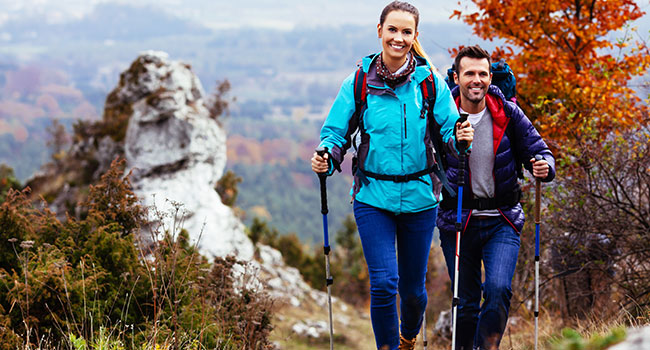
It’s probably safe to say if we’re going hiking girls, we aren’t going in the hope we’re going to be featured on the Paris catwalk any time soon. Hiking clothing is not about being fashionable or cute, as men or women. It most certainly isn’t about style. It’s all about comfort and practicality. Being uncomfortable means you will be mad and miserable, and no group want’s a grumpy hiker on board. Hiking clothing is there to help us. Us men and girls will need clothes that will keep us happy in all weather conditions. Hiking clothing will do just that and items are also is all made in very handy and efficient sizes to easily wear or carry with you.
3. Get Dressed in Layers

Layers, layers, layers. Hikers love layers. Layering is a proven method to keep you comfortable, whilst also being practical and efficient – those are the three things we’re looking for in a hiking outfit right? With layering you have three layers; the base layer maintains good body moisture levels; the insulating is your defense from the elements and the shell layer protects you from the weather. What’s great with layering is that you can quickly and easily add or take an item off depending on your hike and the changeable conditions you may face. Let’s discuss the three layers of your hiking outfit in more detail:
The main purpose of both the base and insulating layers is to move sweat to the outside of your body, and ultimately help maintain a good temperature wherever you are hiking, for however long and in whatever conditions. The base layer does exactly that, it takes sweat away from the skin to keep you happy, at 100% comfort, and ensures to wick away
Your mid layer is, as the name suggests, all about insulation. It’s where you will get your warmth from. Essentially where the base layer fails, the mid layer comes in. It will retain more heat from your body and stop cold air coming through your body. When looking for a good insulating layer it needs to be quick-drying and breathable, whilst still maintaining all of the
iiiShell Layer
The shell layer protects you from the weather and elements, helping moisture to escape, keeping you dry and comfortable, so your insulating and base layers can do their job. With your shell or outer layer, as you may hear it referred to, you should be looking something which is breathable, light in weight, can be stored easily and efficiently, and fits well over your
4. Additional Outfits

As well as the main three layers, there are some other key additional items you will need in your perfect hiking outfit for both men and women:
The right footwear is arguably one of the most important parts of a hiker’s outfit. Aesthetics are not the answer here. You will not be fashionable. You need to spend the time to get the right shoes or boots, as the wrong ones will result in days of pain, and in some cases injury. For low-level hiking in a park, you’ll need a boot with a flexible sole. For hills and mountains you’ll
A hat or cap may be necessary in both hot and cold hiking climates. For colder, winter destinations you may need a bobble, Thinsulate or fleece trapper hat. You’re likely to already own something sufficient, but if you know it’ll be really cold, make sure you take a good quality hat. For hotter hikes a hat will provide you with protection from the sun and heat of
iiiGloves
Keeping your hands warm is essential in cold conditions, particularly if you are holding onto walking poles 24/7. You can choose lightweight fleece gloves or glove liners that are super breathable, but not waterproof. Waterproof shell gloves can be worn over these liners and layered together as a system. You can also choose heavier waterproof gloves, but these are
A neck gaiter or muff, as you may know, is a circle of material that you wear over your head on your neck to protect that gap between your head and the start of your jacket. Without one, you’ll quickly notice this is a notoriously draughty place the wind will get to, so a neck gaiter is essential on colder, windier hikes. Lots of hikers really rate this simple, cheap accessory,
When hiking sunglasses don’t only protect your eyes from the sun, they also protect from low hanging branches, dust, stones or anything else that may fall and aggravate your eye. When hiking having the optimum line of sight is key, so investing in some sunglasses is a safe bet. Look out for high UV if you’re hiking for a long time in the sun, go for a wraparound pair,
The travel towel is a great hiking accessory. This small simple invention saves lots of weight and hassle. They take no time to dry, are lightweight and really really easy to pack. The microfibre material they are made of means they are small and easy enough to pack into your bag. Often they come with a handy packing bag which can be attached to the outside of
viiBackpack
You don’t just need a backpack when backpacking, you need it for day to day hiking too. Don’t be afraid to spend hours deciding on the best backpack. It may not immediately seem like a key part of your outfit, but it will be storing all your layers and accessories, so you need to choose the right one for you. If you want you can spend some serious money on
viiiFanny pack
If you don’t think you need a full backpack for storage, the fanny pack may be for you. If your hike is shorter and in warmer summer weather, you might not have lots of layers to carry, so storing what you need around your waist may be right for you. Think about whether it’s got enough space for a water bottle – items like a water bottle to keep you hydrated are
5. Additional Features of Your Outfit
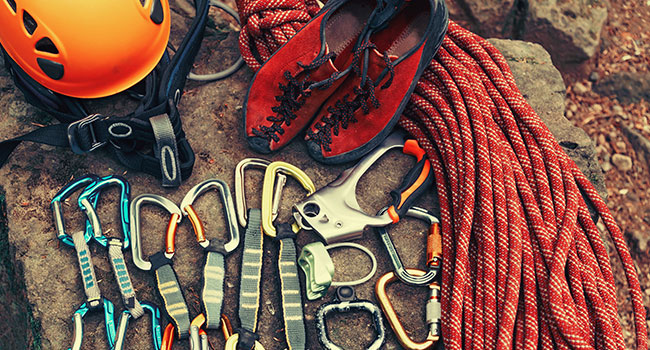
Most items in your hiking outfit will come with extra options and additional features or ideas that may seem exciting. More often than not they aren’t essential, but are flashy extras that you probably don’t need. Additional features may include more pockets, particularly handy hidden ones, or space for a platypus drinking system in your backpack. Advice with additional features is if you think you need it, and it will improve your comfort then add it, but if you’re asking yourself ‘why is that there’ then you don’t need it and shouldn’t waste the extra expense. Additional features or customizing any aspect of your outfit will increase the price significantly, so consider these options once you’re a seasoned hiker, not on your first purchase.
6. What You Should Avoid
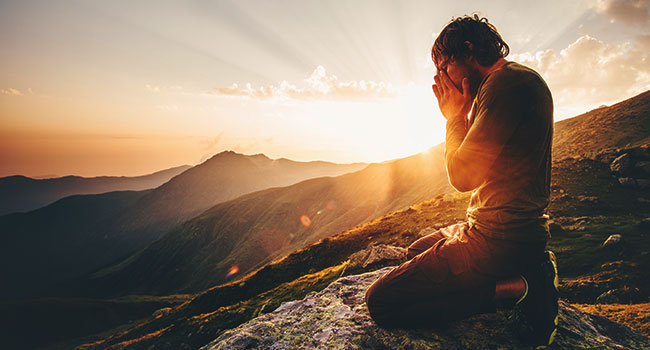
You can’t take everything on a hike and some things will really hinder you, so here are the key things to avoid and leave at home:
i. Avoid cotton
You’ll spot cotton has been mentioned more than once as a fabric to avoid. It really is something all hikers should stay well away from. For base layers, it does the absolute opposite of what they are designed to do. Instead of helping moisture move away from the skin, a cotton tank top will soak it up, resulting in your layers getting damp. It won’t keep you insulated but will absorb sweat instead. Over a long period of time, being damp and uncomfortable could lead you to catching a cold or chill, particularly if you’re hiking in wet and rainy weather. Wearing cotton layers is probably the worst mistake a hiker can make, so avoid at all costs!
ii. Avoid heavy base layers
Base layers are designed to be light and breathable, so wearing long or heavy underwear won’t be helpful when you’re hiking in the middle of summer. They’ll add extra weight, making you work harder on your hike and making you more uncomfortable quicker. A heavier base layer (items like thermal underwear) may be suitable for winter or colder weather, but always ensure it’s insulating and helps to regulate your temperature. You could try a silk fabric underwear, as they are light and good at holding heat.
iii. Non-breathable shells
Your shell layer should help your skin to breath, so a non-breathable shell, although very durable, waterproof, and all-around great at keeping water and bad weather out, it will trap heat inside your body and rusk you overheating or getting cold from damp. You’ll feel uncomfortable and stuffy in your clothes, feeling weirdly wet on the inside of your jacket as you sweat, not ideal at all. Although non-breathable shells are often cheaper than their breathable counterparts, when you’re on a hike, breaking into a sweat, you’ll want to be wearing clothes that let this moisture out.
Your hiking outfit is just that, it’s yours. Along with comfort, practicality and efficiency, the key to your outfit is choosing it only for you. Don’t borrow items. Think about your hike, the conditions you’ll be hiking in, and take your time to buy the perfect outfit. When you reach for the cotton base layer or non-breathable jacket, just imagine yourself sweating buckets and it going nowhere halfway up a mountain. Hiking is a hugely fun pastime, so wear the right clothes for you and pick the perfect hiking outfit.




